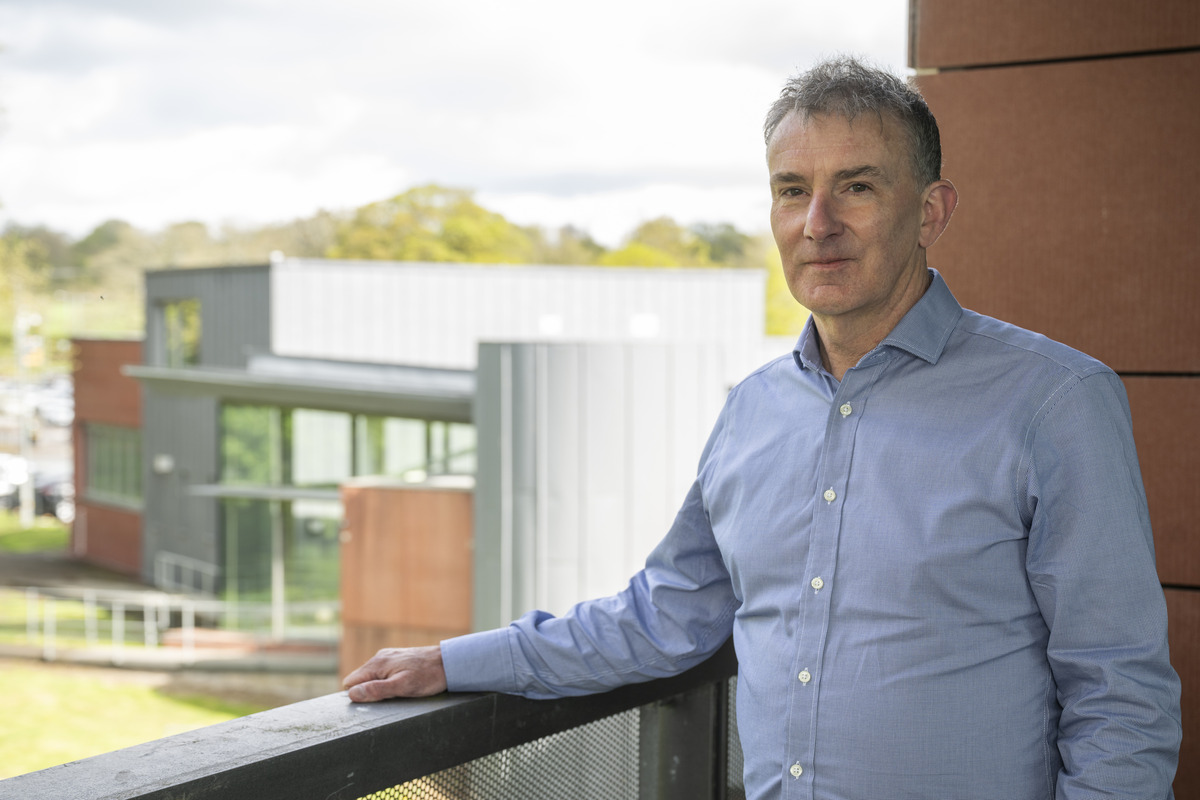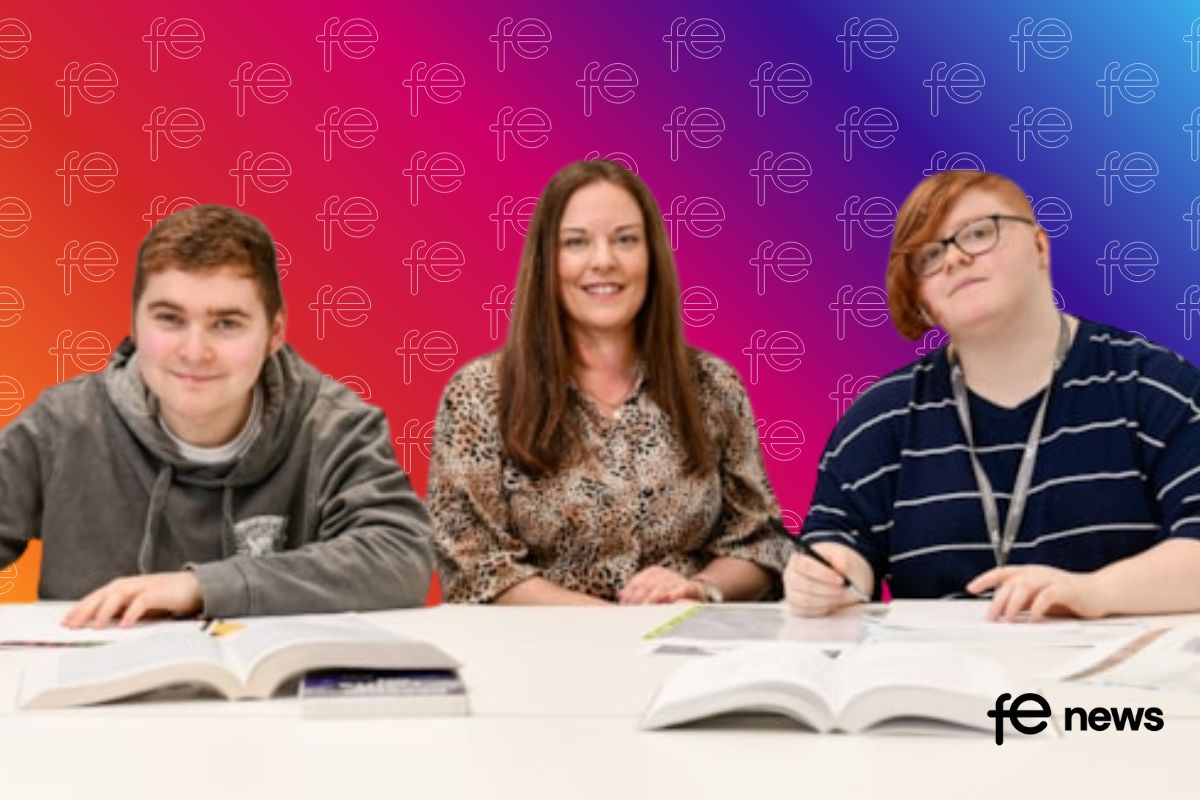A Journey of challenges: Unravelling ACEs in Neurodiverse Children’s Education: explained in an allegory

In the bustling hallways of Pineview Elementary, an extraordinary group of neurodiverse children embarked on a remarkable journey of resilience, defying the odds stacked against them. As educators, parents, and advocates, we witnessed firsthand the powerful impact that Adverse Childhood Experiences (ACEs) had on their lives and the immense challenges they faced in the realm of education. This narrative sheds light on their extraordinary journey, highlighting the transformative power of appropriate funding, empathy, understanding, and educational support.
“We now know that trauma compromises the brain area that communicates the physical, embodied feeling of being alive. These changes explain why traumatized individuals become hypervigilant to threat at the expense of spontaneously engaging in their day-to-day lives.”
Throughout the text, van der Kolk stresses that trauma cuts a person off from themselves and the world around them. This is the first instance of van der Kolk making a point he rephrases and reframes repeatedly.
A Classroom Awakens:
In a vibrant classroom brimming with curiosity and energy, Ms. Johnson, a compassionate teacher, welcomed her neurodiverse students with open arms. Little did she know that beneath their smiles and vibrant personalities, they carried the weight of various ACEs—neglect, abuse, household dysfunction, and more. As she unraveled their stories, Ms. Johnson realized the profound impact these experiences had on their social, emotional, and cognitive development.
According to Dr. Vincent J. Felitti, co-founder of the ACE Study, “Early childhood trauma has long-lasting effects on brain development and can significantly impact a child’s ability to succeed academically” (Felitti, 1998).
Unveiling the Challenges:
Each child in Ms. Johnson’s class had unique learning needs, stemming from their ACEs. Some struggled with attention-deficit/hyperactivity disorder (ADHD), while others battled anxiety disorders or emotional disturbances. The effects of trauma manifested differently in each child, leading to learning gaps, low self-esteem, and difficulties with peer relationships. Ms. Johnson collaborated with experts, including psychologists and special education professionals, to understand and address these challenges effectively.
Research by Dr. Bessel A. van der Kolk, a renowned psychiatrist and trauma expert, emphasizes the impact of trauma on learning, stating that “Trauma interferes with the capacity to attend, concentrate, and integrate cognitive and emotional information” (van der Kolk, 2005).
“We think that children act, whereas what they mostly do is react. Parents who realize this acquire a powerful tool. By noticing their own responses to the child, rather than fixating on the child’s responses to them, they free up tremendous energy for growth.”
― Gabor Maté, Scattered: How Attention Deficit Disorder Originates and What You Can Do About It
Building a Supportive Community:
Recognizing the importance of fostering a safe and inclusive environment, Ms. Johnson spearheaded a movement within the school to build a supportive community for neurodiverse children. She organized workshops for teachers and parents, spreading awareness about ACEs, neurodiversity, and the importance of trauma-informed care. With this newfound knowledge, the community rallied together, embracing empathy and devising strategies to meet each child’s unique needs.
Dr. Bruce D. Perry, a leading expert on childhood trauma, emphasizes the significance of a supportive community, stating that “When we provide a nurturing, supportive environment, we can mitigate the negative effects of ACEs and help children build resilience” (Perry, 2009).
Cultivating Resilience Through Individualized Education:
Ms. Johnson recognized the critical role that individualized education played in helping neurodiverse children overcome their ACEs and reach their full potential. With the support of school administrators, she advocated for specialized resources, including personalized learning plans, assistive technologies, and sensory-friendly classrooms. By tailoring their education to their strengths and challenges, Ms. Johnson provided her students with the tools they needed to thrive academically and emotionally.
According to Dr. Temple Grandin, an autism advocate and professor, “Different does not mean less. Providing individualized education and support enables neurodiverse children to leverage their unique strengths and talents” (Grandin, 2013).
Empowering Neurodiverse Voices:
As the school year progressed, the neurodiverse children’s confidence blossomed. Ms. Johnson encouraged them to share their experiences, express their thoughts, and embrace their unique perspectives. Through storytelling, art projects, and group discussions, the children discovered the power of their voices, gaining self-awareness and forming a deep sense of belonging within the classroom community.
Dr. Barry M. Prizant, a renowned expert in autism and communication, highlights the importance of empowering neurodiverse voices, stating that “Helping individuals find their authentic voice promotes self-advocacy, self-determination, and a sense of identity” (Prizant, 2006).
Transforming Education, One Child at a Time:
Ms. Johnson’s dedication to her students and their educational journeys caught the attention of educational policymakers. Her story became an inspiration, igniting a movement to create trauma-informed educational systems that prioritize neurodiverse children’s needs. Schools across the nation adopted new policies, integrated social-emotional learning, and provided comprehensive support to empower neurodiverse children to thrive academically, emotionally, and socially.
According to Dr. Nadine Burke Harris, Surgeon General of California, “Investing in trauma-informed education not only improves outcomes for neurodiverse children but also positively impacts the entire educational system” (Burke Harris, 2020).
The Journey Continues:
The journey of these neurodiverse children, once riddled with adversity, evolved into one of triumph, hope, and resilience. Their experiences underscored the importance of recognizing and addressing ACEs within educational contexts, promoting understanding, and embracing neurodiversity. As their stories spread, educators, parents, and communities united to create inclusive spaces that nurtured and celebrated the unique strengths of every child, forever transforming the landscape of education for neurodiverse children.
Children’s Adverse Childhood Experiences (ACEs) continue to be a serious issue that does have long-term effects on a child’s physical and mental health, Particularly where neurodiversity intersectionality is related.. ACEs are defined as stressful or traumatic events that occur during childhood, such as abuse, neglect, or household dysfunction. These experiences can have lasting impacts on a child’s development, leading to a higher risk of health problems in adulthood, such as heart disease, diabetes, and depression.
Recent studies have indicated that ACEs are very common; for instance, in the United States, over 60% of adults report having experienced at least one ACE as a child. This emphasizes the need for more attention to be paid to preventing and treating childhood trauma, especially in situations where learning impairments are present and there is an intersectionality. Child and adult person-centred and holistic trauma-informed therapies are frequently disregarded in Favor of conventional therapeutic approaches, the discipline of psychiatry is now ill-equipped to address trauma.
“A tone of voice or a look in another’s eyes can activate powerful implicit memories. The person experiencing this type of memory may believe that he is just reacting to something in the present, remaining completely in the dark about what the rush of feelings that flood his mind and body really represents. Implicit memory is responsible for much of human behavior, its workings all the more influential because unconscious.”
― Gabor Maté, Scattered: How Attention Deficit Disorder Originates and What You Can Do About It
However, there is hope for change. Scientists like Dr. Bessel van der Kolk and DR Gabor Maté have been leading the charge in studying trauma and developing more effective treatments. By gaining a better understanding of ACEs and their effects on Neurodiverse children, we can work towards creating a world where trauma is taken seriously and those who have experienced it are given the help they need to heal unreservedly.
Epilogue:
Years later, we see these neurodiverse children emerged as resilient young adults, equipped with the skills to navigate life’s challenges. They became advocates, educators, and inspirations for future generations, perpetuating the spirit of empathy, understanding, and inclusive education that forever changed their lives.
Key: –Their narrative serves as a reminder that with the correct funding streams alongside compassion and support that is person centred and holistic, we can unlock the boundless potential within each neurodiverse child.
References:
Burke Harris, N. (2020). The Deepest Well: Healing the Long-Term Effects of Childhood Adversity. Mariner Books.
Care Act 2014. Retrieved from https://www.legislation.gov.uk/ukpga/2014/23/contents/enacted
UNESCO. (1994).
Council of Europe. (1989). European Convention on the Rights of the Child. Retrieved from https://www.coe.int/en/web/conventions/full-list/-/conventions/treaty/020
UK Government. (2014).
Felitti, V. J. (1998). The relationship of adult health status to childhood abuse and household dysfunction. American Journal of Preventive Medicine, 14(4), 245-258.
Grandin, T. (2013). The Autistic Brain: Thinking Across the Spectrum. Mariner Books.
Perry, B. D. (2009). Examining Child Maltreatment Through a Neurodevelopmental Lens:
Clinical Applications of the Neurosequential Model of Therapeutics. Journal of Loss and Trauma, 14(4), 240-255.
Prizant, B. M. (2006). The Uniqueness of Autism: Improving Understanding and Outcomes. Paul H Brookes Publishing.
Schmidt, M. R., Narayan, A. J., Atzl, V. M., Rivera, L. M. and Lieberman, A. F. (2020) Childhood Maltreatment on the Adverse Childhood Experiences (ACEs) Scale versus the Childhood Trauma Questionnaire (CTQ) in a Perinatal Sample, Journal of Aggression, Maltreatment & Trauma, 29 (1), pp. 38–56. DOI:10.1080/10926771.2018.1524806.
The Salamanca Statement and Framework for Action on Special Needs Education. Retrieved from https://unesdoc.unesco.org/ark:/48223/pf0000099937
van der Kolk, B. A. (2005). Developmental trauma disorder: A new, rational diagnosis for children with complex trauma histories. Psychiatric Annals, 35(5), 401-408.












Responses